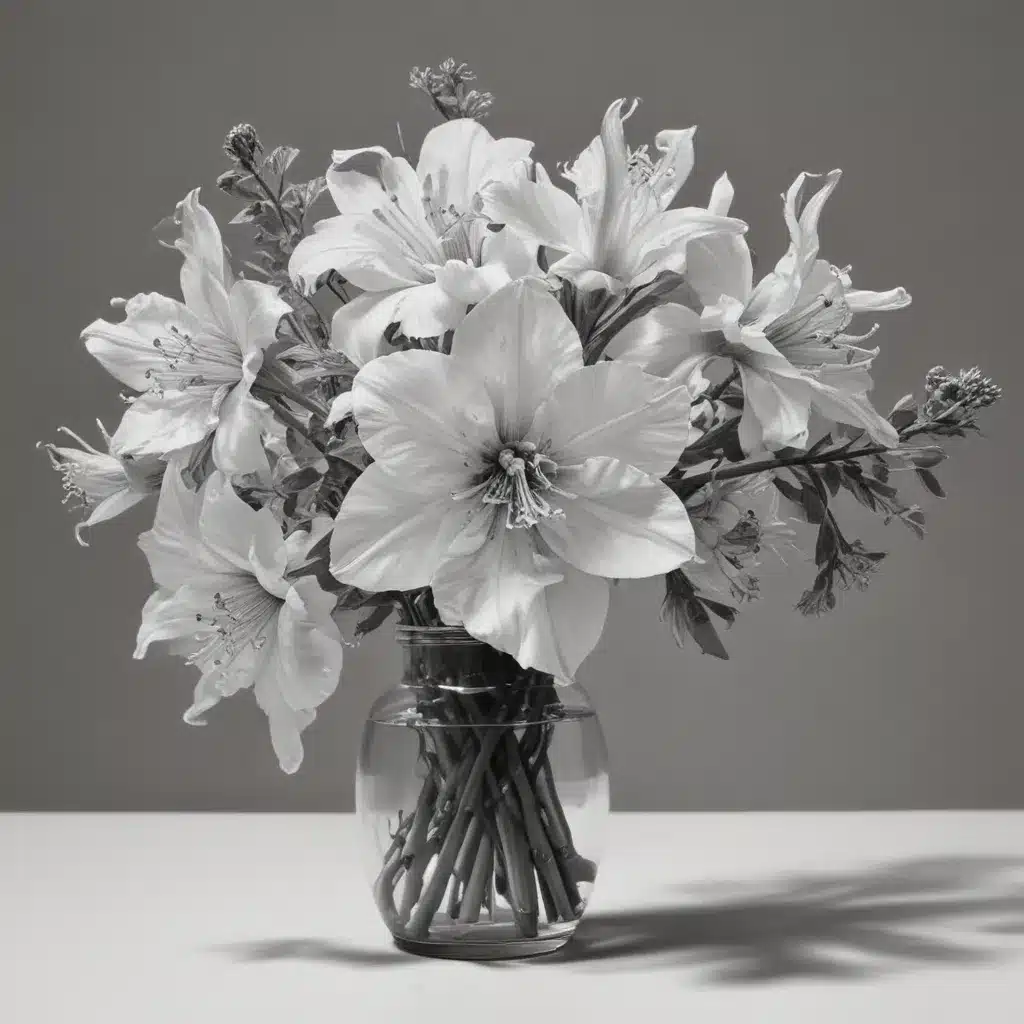
The pursuit of artistic expression is a curious blend of technical mastery and personal vision. We learned this the hard way… For pencil artists drawn to the captivating details of botanical subjects, this balance becomes a sought-after sweet spot—blending faithful realism with an individual creative voice.
Now, this might seem counterintuitive…
Achieving this harmonious synthesis requires an adept command of fundamental drawing skills coupled with the courage to imbue your work with a unique perspective. After all, botanical art at its core is a contemplative study of nature’s intricate forms and patterns. But the manner in which an artist interprets those observations can elevate the subject matter into a deeply personal statement.
From the ultra-realistic botanicals of scientific illustration to the expressive, stylized plant motifs in contemporary design, the spectrum of pencil-based botanical art is vast and versatile. Mastering the fundamentals of pencil drawing—from accurate proportions and values to dynamic compositions—provides a solid foundation. But it’s the artist’s individual touch, creative decisions, and interpretive lens that transform a technically proficient study into a work brimming with expressive power.
Realism as a Starting Point
Many artists are initially drawn to botanical subjects for their sheer visual complexity and challenge. The delicate gradients, intricate textures, and organic forms found in plants and flowers can make for captivating observational studies. Pencil, with its capacity for nuanced tonal rendering, is a natural medium for capturing these fine details with precision.
“When I first started exploring botanical art, I was truly in awe of the incredible intricacy I found in even the most seemingly simple flowers and leaves,” says artist Anna Mason. “I became obsessed with rendering every vein, every petal, every subtle shift in value with as much accuracy as possible. It was an incredibly rewarding process of discovery and skill-building.”
Indeed, the journey towards botanical realism often begins with meticulously observed drawings, where the artist’s focus is on documenting nature’s wonders with painstaking fidelity. These types of studies not only hone technical prowess, but also foster a deeper understanding and appreciation of the subject matter.
“There’s an incredible meditative quality to drawing botanicals realistically,” Mason continues. “The act of truly seeing the infinite complexities of a plant, and then translating that through the mark-making of your pencil, is both challenging and profoundly satisfying.”
Infusing Personal Expression
However, the true magic happens when an artist moves beyond pure replication and begins imbuing their botanical drawings with a distinct personal voice. This transition often occurs organically, as one’s skills and confidence grow, and the desire to explore more interpretive, expressive approaches emerges.
“As my botanical art practice evolved, I found myself increasingly drawn to more stylized, imaginative ways of rendering the plant forms I loved,” explains Mason. “I began experimenting with bolder compositions, heightened contrasts, and a freer, more gestural application of the pencil.”
These intuitive shifts can manifest in a variety of ways. Some artists may emphasize abstract, graphic elements, playing with bold outlines, geometric shapes, and high-contrast patterns. Others might opt for a looser, more fluid approach, allowing the medium to guide the creation of expressive, flowing forms. And still others may introduce symbolic or emotive elements, using botanical motifs to convey deeper narratives or evoke specific moods.
Regardless of the specific stylistic approach, the key is to let your unique artistic sensibilities shine through. “It’s about finding that sweet spot between technical mastery and personal interpretation,” says Mason. “Where you can capture the essence of your botanical subject, but through a lens that is distinctly yours.”
Practical Strategies for Expressive Botanicals
So how does one go about balancing realism and personal expression in pencil-based botanical art? Here are a few practical strategies to consider:
Incorporate Loose, Gestural Marks: While precise, observational drawing is essential, don’t be afraid to introduce more expressive, gestural mark-making. Use the side of the pencil to create flowing, energetic lines that convey movement and emotion.
Experiment with Compositional Arrangements: Step outside the traditional botanical format of centrally placed, isolated specimens. Play with asymmetrical layouts, overlapping forms, and unconventional cropping to create a more dynamic, visually engaging composition.
Amplify Contrast and Value Relationships: Heighten the contrast between light and shadow, leveraging stark tonal shifts to create a sense of drama and emphasis. Exaggerate the darks and lights to elevate the visual impact.
Embrace Abstraction and Stylization: Selectively simplify forms, distort proportions, or abstract the botanical elements. This allows you to retain the essence of your subject while imbuing it with a more personal, interpretive quality.
Introduce Symbolic or Emotive Elements: Consider incorporating symbolic motifs, ambient environments, or expressive poses that convey deeper narratives or evoke specific emotional responses from the viewer.
Experiment with Multi-Media Approaches: Integrate other drawing materials, such as ink, charcoal, or colored pencils, to expand your expressive possibilities. The interplay of different media can produce captivating, layered effects.
The most important thing is to remain open, curious, and willing to play. Embrace the process of discovery, and don’t be afraid to step outside your comfort zone. It’s through this constant exploration that you’ll uncover your unique artistic voice—one that seamlessly blends realism and personal interpretation.
As artist Anna Mason aptly states, “The beauty of botanical art is that it allows for such a wide range of creative expression. Whether you’re drawn to meticulous detail or bold, imaginative flourishes, there’s room for everyone to find their own path. The key is to let your passion for the natural world guide you, and then have the courage to make it your own.”
So pick up your pencils, reconnect with nature’s endless inspiration, and embark on an artistic journey that is as much about technical mastery as it is about self-discovery. The expressive botanical illustrations that emerge will be a true reflection of your unique vision.
Example: Pencil Portrait Challenge 2024